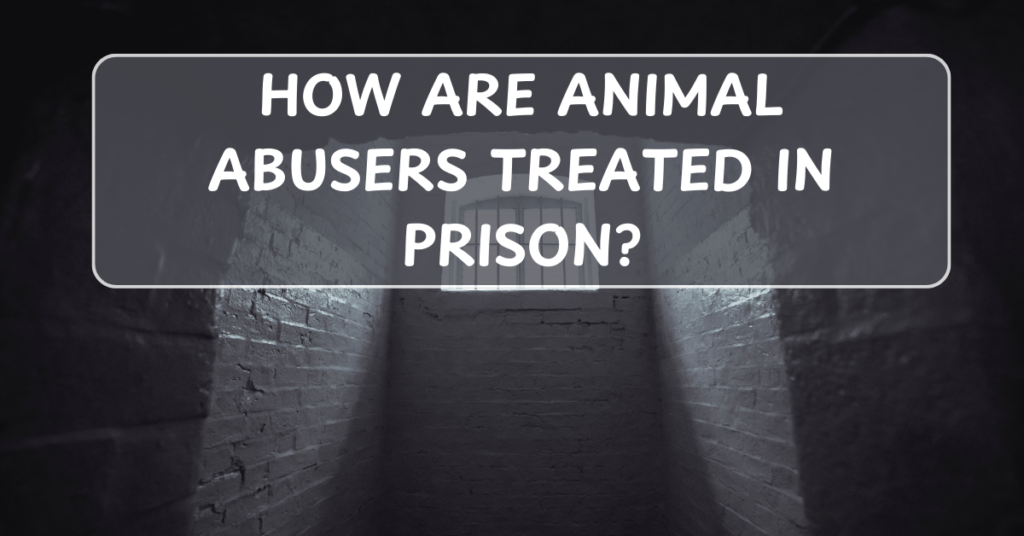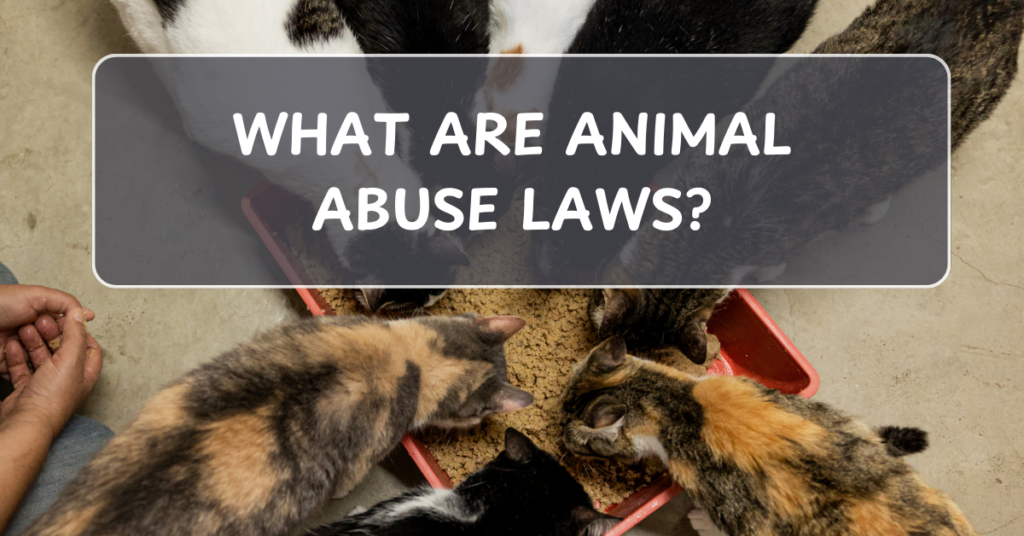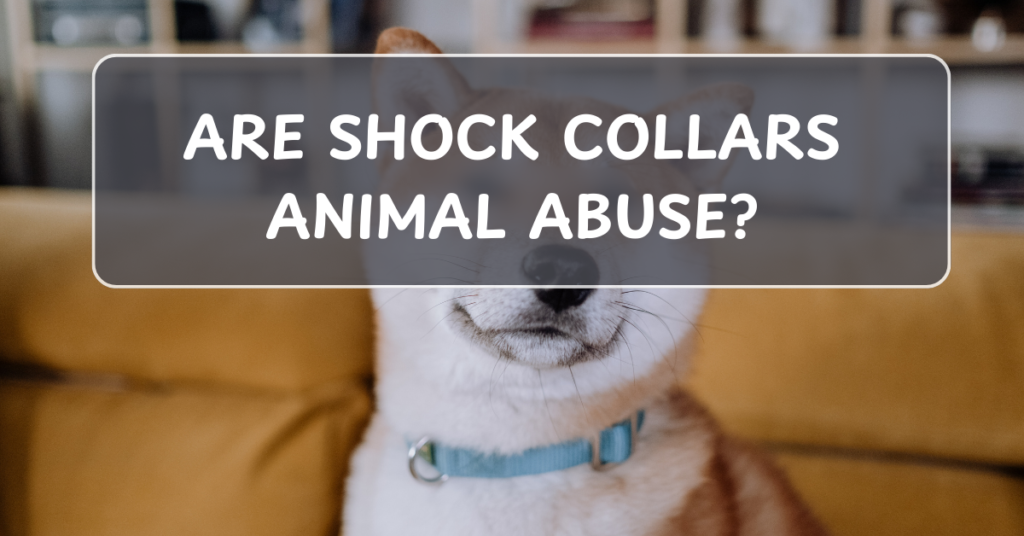
Animal abuse is a serious crime, and those who are convicted of it can face significant legal penalties, including time in prison. While the specifics of how animal abusers are treated in prison can vary depending on the jurisdiction and the severity of the crime, there are general patterns in how these individuals are treated by both the justice system and fellow inmates.
1. Legal Consequences and Sentencing
Conviction for animal abuse can result in a range of penalties, including prison time. The length of the sentence can depend on various factors such as:
- Severity of Abuse: The most severe forms of animal abuse, such as torture or killing an animal, typically result in longer prison sentences. In contrast, neglect or lesser forms of abuse may result in shorter sentences.
- Repeat Offenders: Those with a history of animal abuse may receive harsher penalties. Many legal systems treat repeated offenses with increased severity.
- Jurisdiction: Laws regarding animal abuse vary by country, state, or region. Some areas have stricter animal protection laws and may impose more severe penalties for animal cruelty crimes.
2. Treatment in Prison: Potential for Harsh Sentiment from Fellow Inmates
Inmates in prison often develop strong opinions about the crimes committed by their fellow prisoners, and animal abuse is one crime that can lead to significant disdain and resentment. Prisoners often view crimes against children, women, and animals as some of the most heinous offenses, and this sentiment can manifest in a variety of ways.
Fellow Inmates’ Reactions:
- Social Stigma: Individuals convicted of animal abuse may experience social isolation or harassment in prison. Many inmates view abuse of animals as morally reprehensible, and animal abusers might be ostracized or even targeted by other prisoners.
- Violence and Retaliation: Animal abusers in prison may face physical threats or violence. There have been instances where prisoners have attacked those convicted of animal cruelty as a form of retaliation or punishment for their perceived immorality.
- Verbal Abuse: Inmates may verbally degrade animal abusers, calling them derogatory names or openly expressing their anger at the crimes they committed.
3. Treatment by Prison Guards and Authorities
Prison staff and guards generally focus on maintaining order and security in the facility, so while they may not treat animal abusers differently on a professional level, they are aware of the potential risks posed to them from other inmates.
- Monitoring and Protection: In some cases, authorities may place animal abusers in protective custody or solitary confinement to shield them from other inmates who may act out of anger or vengeance. This is especially true in high-security prisons where violence among inmates is more common.
- Rehabilitation Programs: Some prisons offer counseling and rehabilitation programs for those convicted of animal cruelty, including anger management, empathy-building courses, and education on animal welfare. These programs are aimed at addressing the psychological or behavioral issues that may have contributed to the abuse.
4. Psychological Treatment and Rehabilitation
Convicted animal abusers may also undergo psychological evaluation or treatment during their incarceration. The treatment options may vary depending on the individual and the prison system:
- Psychological Assessments: Many animal abusers have underlying issues such as aggression, trauma, or mental health disorders. Psychological assessments may be conducted to determine if these factors played a role in the abuse.
- Rehabilitation Programs: Some prisons offer programs specifically tailored to offenders who have committed crimes against animals, focusing on rehabilitation and preventing recidivism. These programs may include education on empathy, the ethical treatment of animals, and the psychological effects of abuse.
5. Public Perception and Legal Impact
While animal abuse is often viewed as a crime with serious emotional and ethical implications, the legal system’s treatment of animal abusers has evolved over the years. In some areas, animal abuse is treated as a felony, while in others, it is still considered a misdemeanor.
- Increased Awareness: With the growing awareness of the link between animal abuse and other forms of violence (e.g., domestic violence or child abuse), public and legal attitudes toward animal abusers have become more serious. This can affect sentencing and the way they are treated in the criminal justice system, including during their time in prison.
- Impact on Prison Culture: In some cases, the perception that animal abuse is particularly egregious can make it more difficult for individuals to reintegrate into prison society. The social consequences of being labeled as an animal abuser can lead to higher risks of violence or harassment from fellow inmates.
Conclusion
In prison, animal abusers are often treated with disdain by both fellow inmates and society at large due to the moral outrage surrounding crimes against animals. This can lead to social isolation, harassment, and physical threats. While the focus of the prison system is to maintain order and security, there is also growing attention on rehabilitation programs designed to address the psychological issues underlying animal abuse. The treatment of animal abusers in prison largely reflects the societal view that abuse against animals is a deeply immoral and violent act, with long-lasting consequences both for the individual and for the animals they have harmed.


